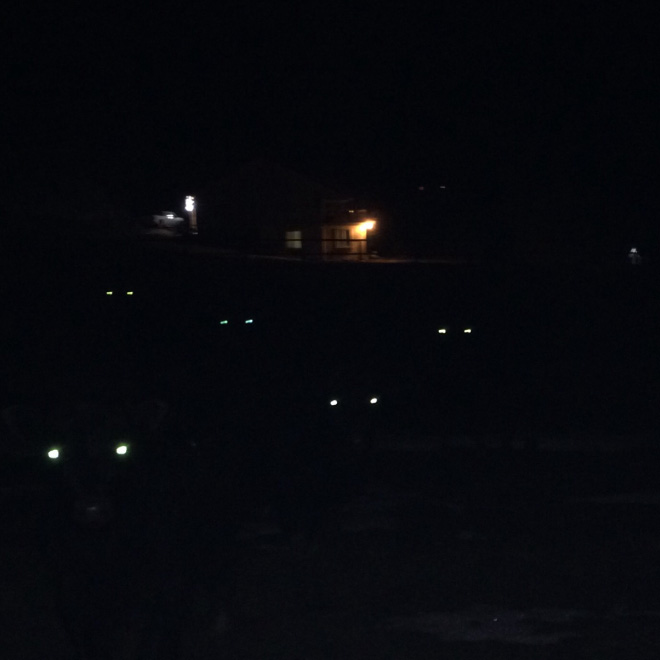

The list of other species without a tapetum lucidum includes pigs, birds, reptiles and most rodents and primates – including humans.

So don’t be alarmed if your dog’s or cat’s eyes don’t glow. Most animals with blue eyes and white or light-colored coats have also lost this trait. Like cats, the lemur, a small primate, and its close relative, the bush baby – also known as a “ night monkey” – also have a superreflective tapetum made with riboflavin.Įven though a lot of animals have eyeshine, some small domesticated dogs lack this trait. But in aquatic animals the tapetum takes up most of the eye, because they need to see all around them in the dark. In land animals, the tapetum is found in the top half of the eye behind the retina, because they need to see what is on the ground best. The tapetum lucidum is also useful to fish, dolphins and other aquatic animals, because it helps them see better in murky, dark water. That includes predators and prey alike, everything from wild foxes to farmed sheep and goats. Many other animals that need to see at night have a tapetum lucidum. Variation in tapetum color is not unique to cats and can be found in lots of species. In cats, the tapetum most often glows yellow-green or yellow-orange, but the color varies, just like their irises – the colorful part of their eye, which can be green, yellow, blue or golden.

Riboflavin has unique properties that amplify light to a specific wavelength that cats can see well, which greatly increases the sensitivity of the retina to low light. The feline tapetum lucidum is special because its reflective compound is riboflavin, a type of vitamin B. This gives the retina a second chance to absorb more light. It’s located in the back of the eye behind the retina – a thin layer of tissue that receives light, converts the light to an electrical signal and sends this signal to the brain to interpret the image.Ī cat’s tapetum lucidum is made up of cells with crystals that, like a mirror, reflect light back to the retina. In addition to having large pupils and lots of rods, cats have something people don’t: a tapetum lucidum, a Latin medical term that translates to “ bright or shining tapestry.” The tapetum lucidum is also known as “ eyeshine.” These cells, called rods, catch low-level light. They also have a higher number of a specific type of light-sensing cell in the back of their eyes than we do.

And a cat’s pupils can become up to 50% larger than human pupils in dim light. Pupils operate like windows, with bigger ones letting more light into the eye. In fact, domesticated cats can see in conditions that are only 16% as bright as what people require.Ĭats accomplish this because their pupils – the openings that appear black in the middle of their eyes that widen and narrow in response to light conditions – are special. Species whose eyes glow have evolved to see better in low light because they either forage or need to look out for predators throughout the night, or they do most of their hunting at dawn and dusk. That’s why cats’ eyes will usually shine brightly in photos taken in a dimly lit room or glow when illuminated in the dark by a flashlight or a car’s headlights. Cats and many other animals, including most dogs, can reflect light from their eyes.


 0 kommentar(er)
0 kommentar(er)
